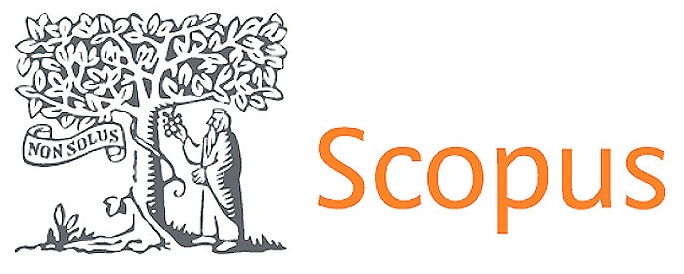The Contemporary Expression of Chinese Dai Ethnic Dance
DOI:
https://doi.org/10.56294/sctconf20251494Keywords:
Dai Dance, Performance Context, New EraAbstract
Objective: This paper aims to explore the inheritance and innovation of Dai dance in the context of the new era, particularly through the analysis of its performance practices in specific spatiotemporal fields using Pierre Bourdieu's field theory. The study investigates how Dai dance navigates the challenges it faces in the modern cultural context.
Method: The paper applies Pierre Bourdieu’s field theory as the analytical framework, employing literature review and cultural analysis to systematically explore the cultural characteristics, artistic expression, and construction of cultural identity within Dai dance. Furthermore, the study considers the changes in audience demand, highlighting how the dance balances traditional techniques with contemporary innovation.
Results: The study finds that Dai dance faces multiple challenges in the new cultural environment, including a gap in the transmission of traditional skills and the diversification of modern audience demands. However, Dai dance has managed to find a balance between tradition and innovation, preserving its cultural essence while revitalizing through new performance forms and stage designs. This balance has allowed Dai dance to thrive in the process of modernization and gain broader recognition in the context of globalization.
Conclusions: The protection and development of Dai dance should focus on preserving traditional skills while introducing modern innovation. Through the promotion of the cultural industry, the global dissemination of Dai dance can be enhanced, fostering greater recognition and identity on the global stage, and contributing to the strengthening of national confidence and cultural awareness.
References
1. Wacquant LJD. Towards a Reflexive Sociology: A Workshop with Pierre Bourdieu. Sociological Theory. 1989;7(1):26–63. doi:10.2307/202061. DOI: https://doi.org/10.2307/202061
2.Yang LH. Performance Theory and Folklore Narrative Study. Folklore Studies. 2004;1.
3.Bowman R, Yang LH, And Ming A. Oral Art as Performance. Folklore Culture Forum. 2014;(5):2.
4.Bourdieu P, translated by Bao Y. Cultural Capital and Social Alchemy—Interviews with Pierre Bourdieu. Shanghai: Shanghai People's Publishing House; 1997. p. 194.
5.Reisman. "Reshaping the Other": An Anthropological Perspective on the Study of Folk Dance Performances. Journal of Beijing Dance Academy. 2023;(05):106-113.
6.Pan LW. Research on the Historical Development and Creative Practice of Contemporary Chinese Ethnic Minority Dance Dramas. Nanjing University of the Arts; 2021. DOI: 10.27250/d.cnki.gnjyc.2021.
7.Zhao YZ. Communication and Society. Beijing: China University of Media and Communications Press; 2011. p. 344.
Downloads
Published
Issue
Section
License
Copyright (c) 2025 Jiali Zhang, Nataporn Rattanachaiwong (Author)

This work is licensed under a Creative Commons Attribution 4.0 International License.
The article is distributed under the Creative Commons Attribution 4.0 License. Unless otherwise stated, associated published material is distributed under the same licence.



